Denial of variance for 15 condos could lead to change in ground floor regs for downtown Bloomington
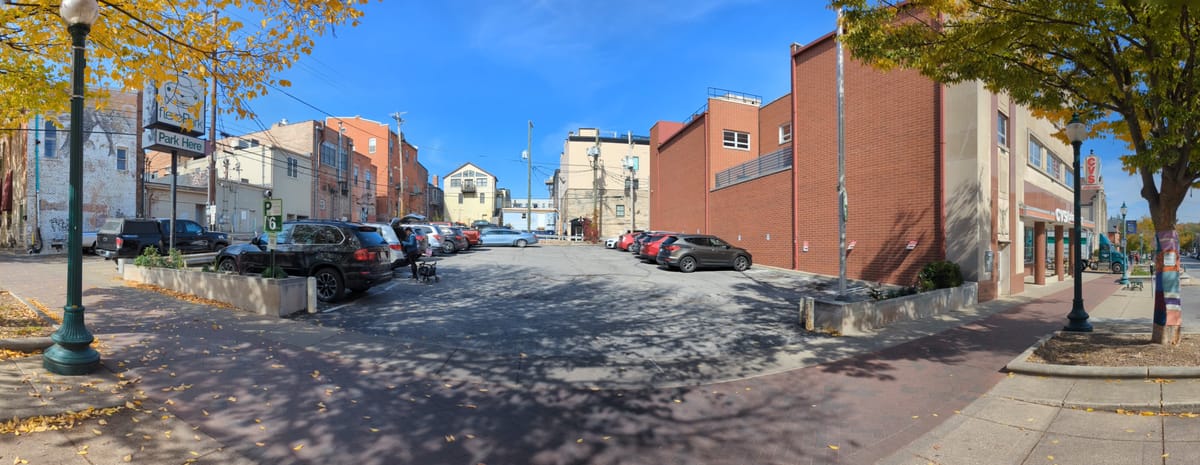
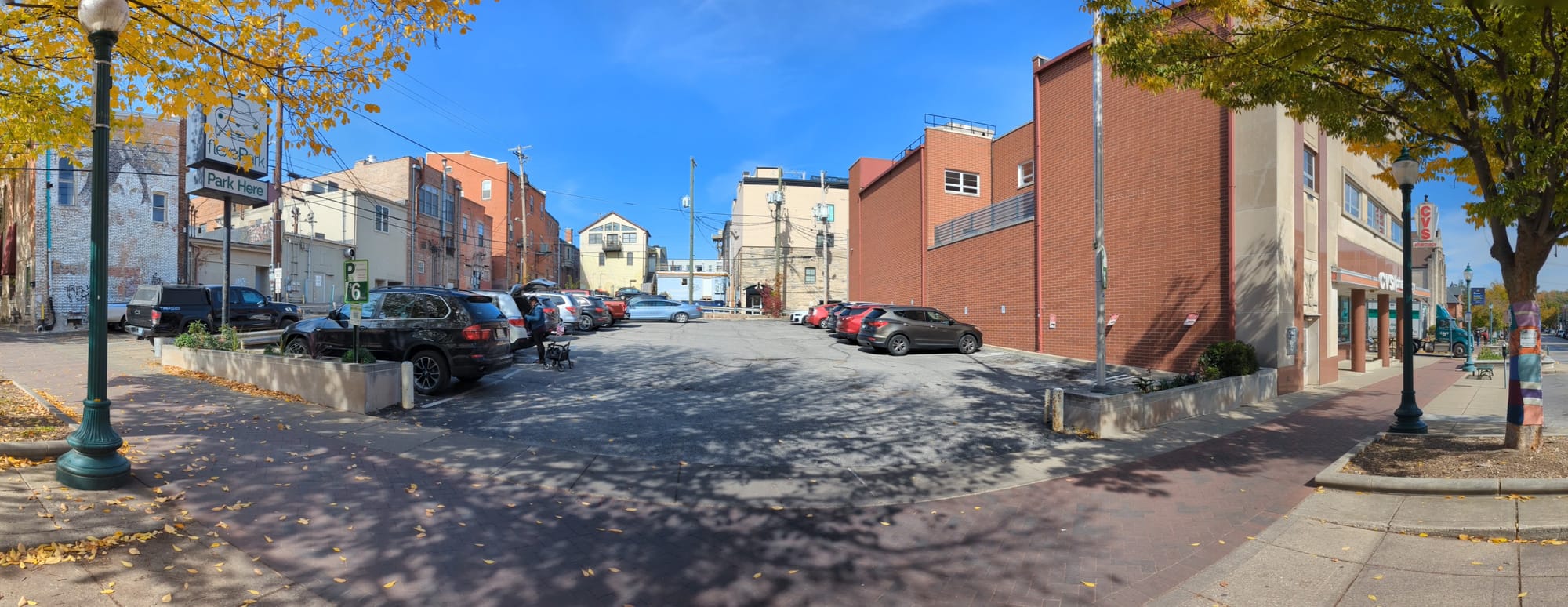
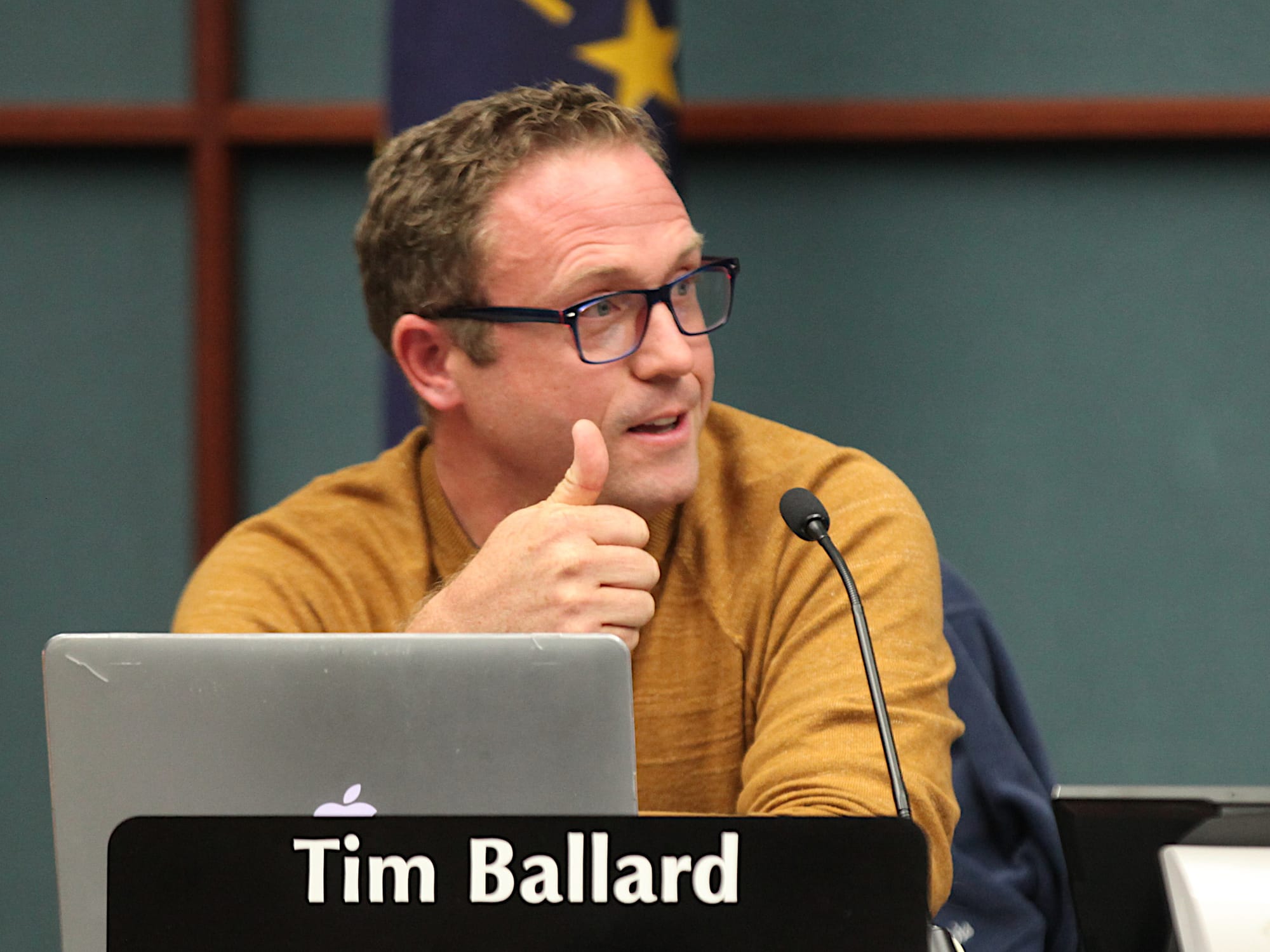
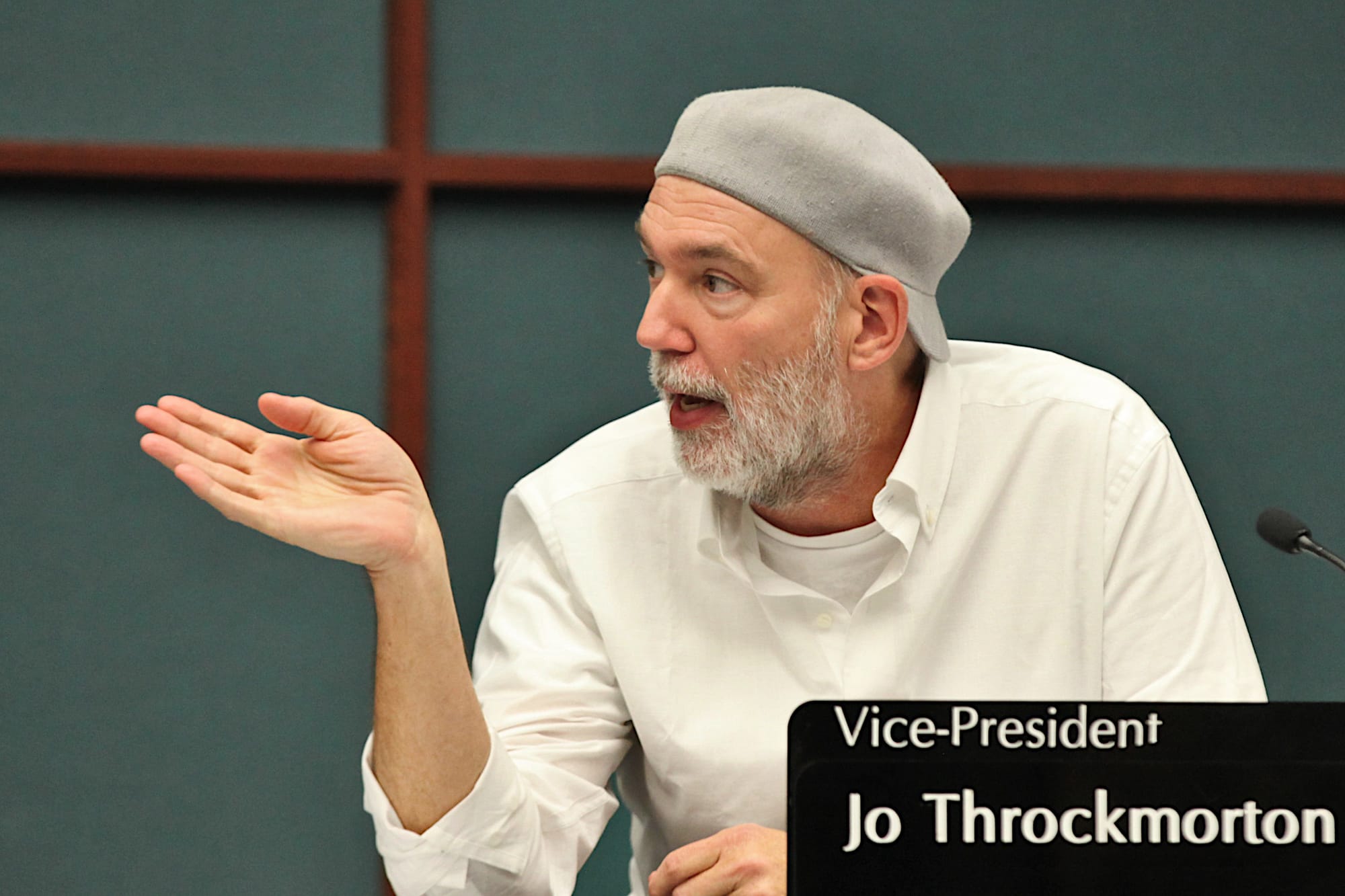
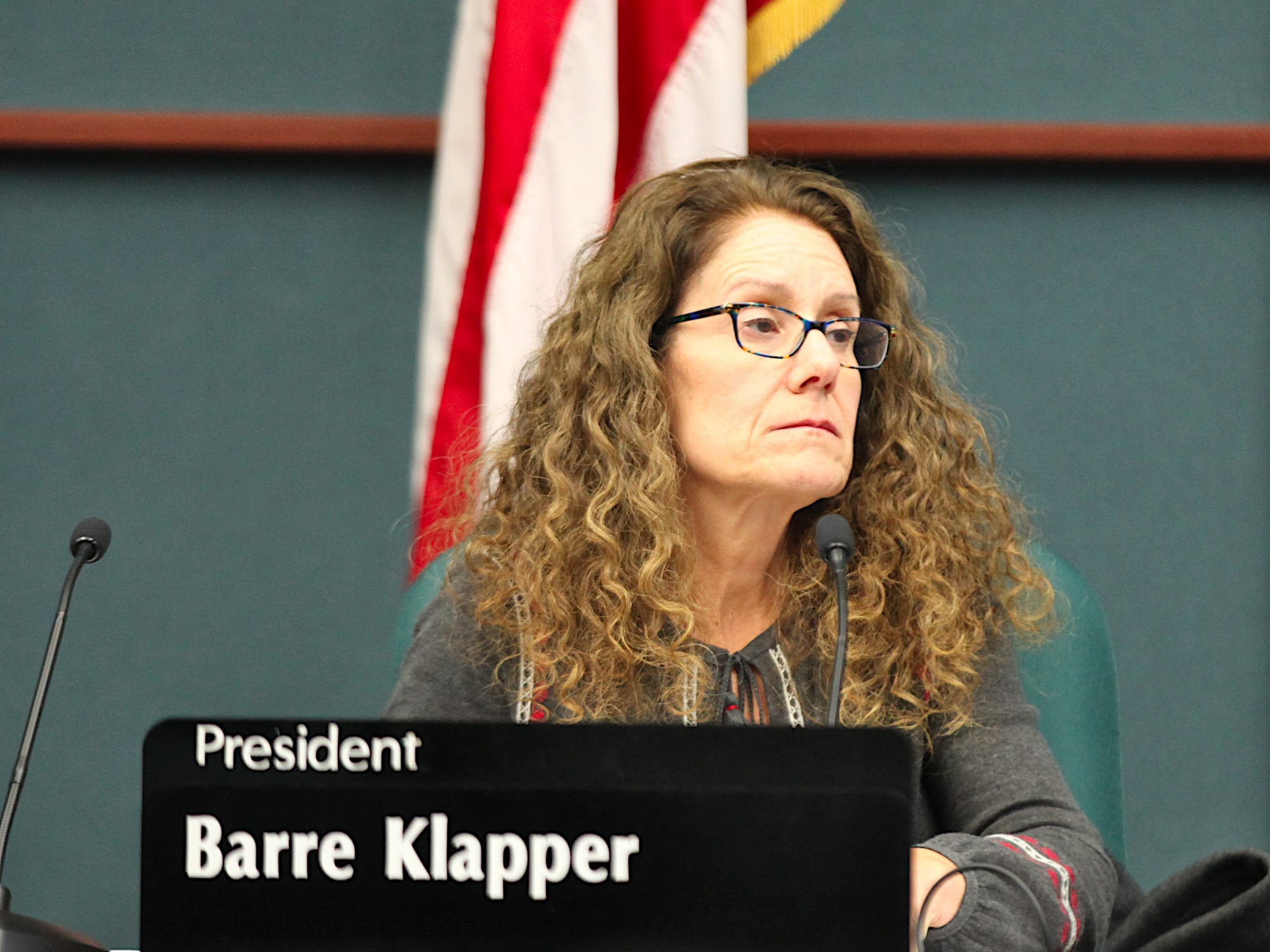
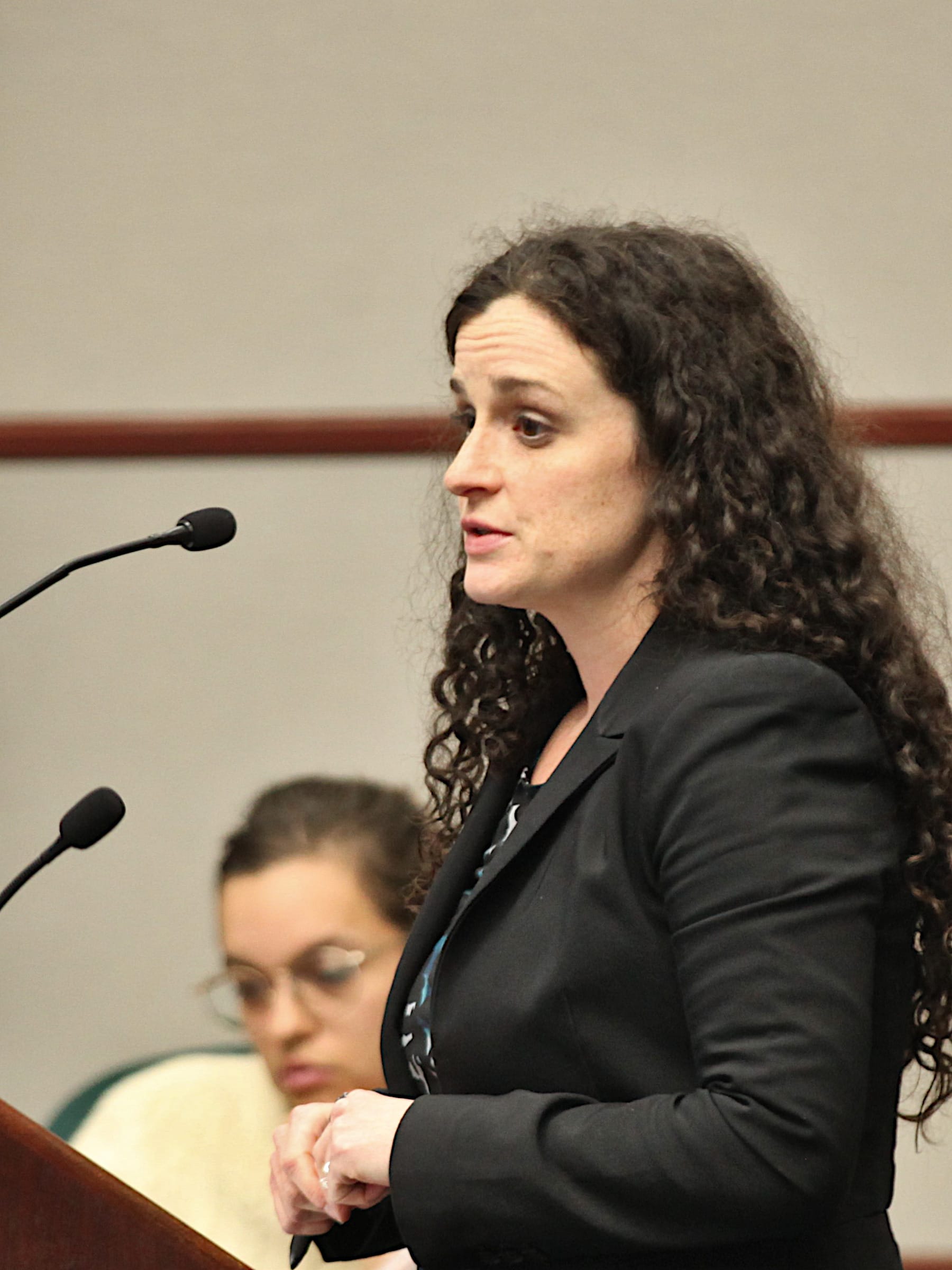
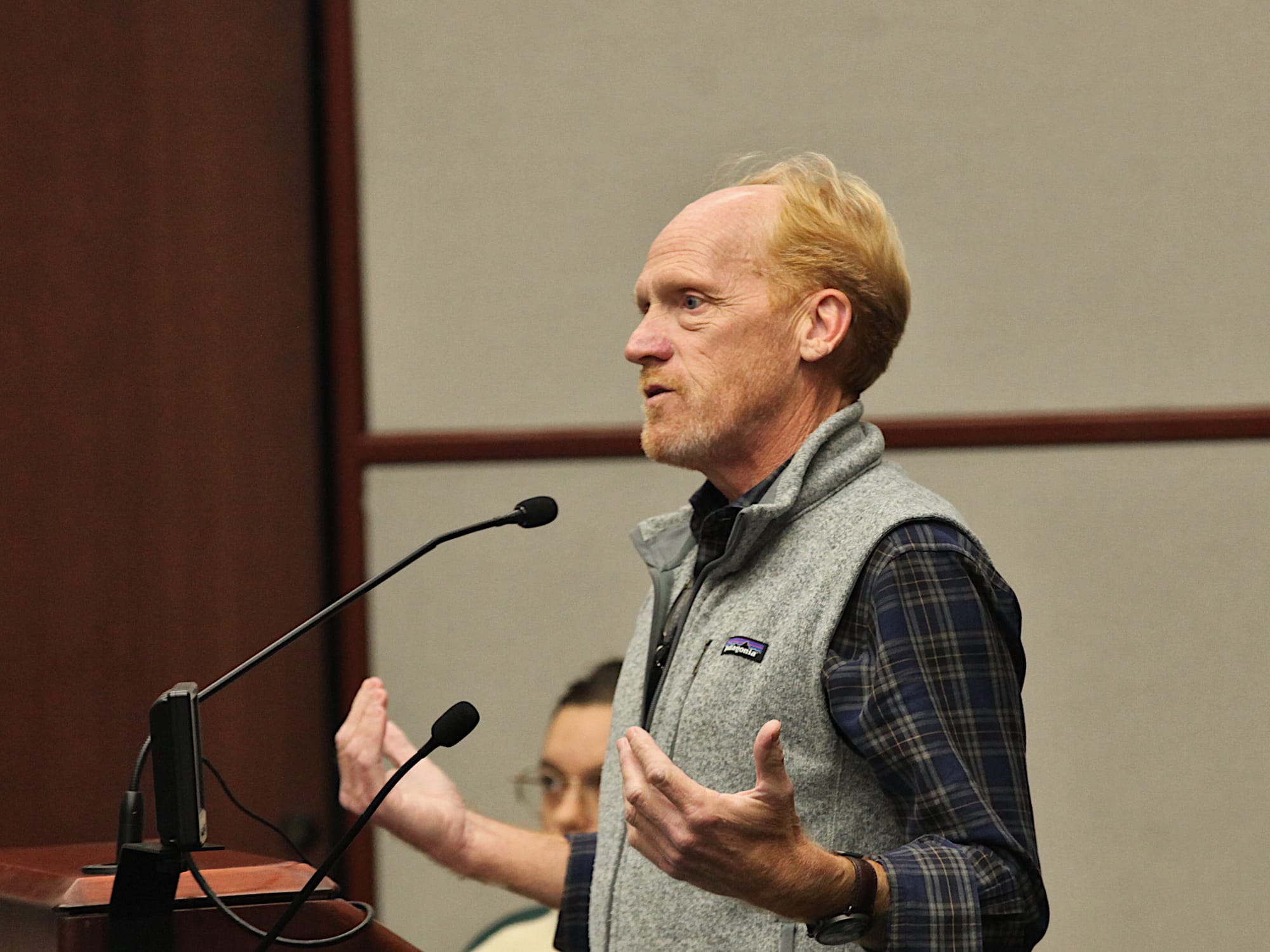
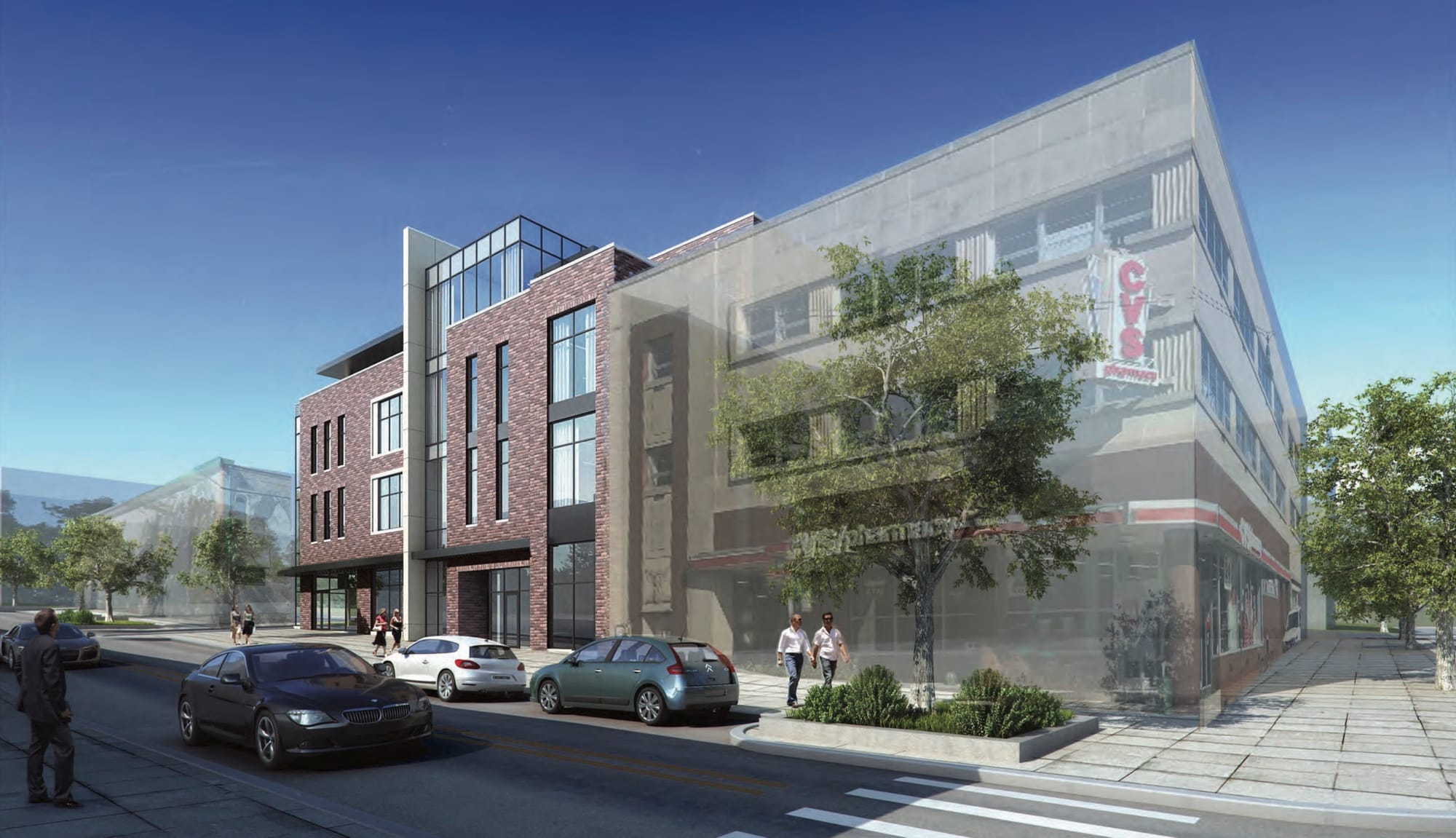
Just east of the courthouse square on Kirkwood Avenue in downtown Bloomington, the empty parcel next to the CVS looks like it will serve as a paid parking lot at least a little while longer.
On Thursday, Bloomington’s board of zoning appeals (BZA) denied a variance requested by owner Randy Lloyd, which would have allowed the construction of a four-story building with 15 owner-occupied condos.
As proposed, 19 percent of the ground floor is designed as commercial space. That’s why the BZA was asked to grant a variance from a requirement in Bloomington’s downtown overlay—that at least 50 percent of the ground floor square footage be designed for non-residential and non-parking uses.
As designed, the building would include about 20 parking spaces on the ground floor, with the garage entrance off the alley that runs north-south between Kirkwood Avenue and 6th Street.
Lloyd asked for the variance based in part on the idea that the proposed building included the minimum number of parking spaces that would be needed to make the owner-occupied condos and retail space economically viable.
The analysis from Strauser Construction, which was included in the BZA’s meeting information packet, indicated the parking had to be constructed on the ground floor, because putting parking on the second floor or in a basement would be impractical.
One outcome of Thursday’s denial could be an upcoming revision to the city’s unified development ordinance (UDO), which might allow for a project like Lloyd’s, without a variance from current 50-percent non-parking, non-residential requirement.
Even though she voted against granting the variance, BZA member Flavia Burrell, who is also a member of the city’s plan commission, indicated she would be pushing for a review by the plan commission of the 50-percent requirement: “I am on the planning commission and I will be bringing this up in our next meeting.”
BZA member Tim Ballard also voted against granting the variance but added, “I would absolutely be at the forefront of a discussion of how to make those policy changes.” Ballard is also a member of the plan commission.
BZA member Jo Throckmorton abstained from both votes taken on Thursday—the motion to grant the variance as well as the motion to deny the variance. It was a close enough call that Throckmorton said, “I’m not gonna vote against it, but I can’t vote for it.”
The case was heard by the BZA at three hearings, in August, September and October.
The fact that the requested variance was put off twice before a final vote reflected the complexity of the issues, as did the tally on the vote taken on Thursday. With just four of its five members present and voting, Throckmorton’s abstention meant that the motion to deny the variance had the minimum three votes required for action by the BZA.
The criteria for granting a variance from requirements of the unified development ordinance are spelled out in Bloomington city code:
(1) The approval will not be injurious to the public health, safety, morals, and general welfare of the community; and
(2) The use and value of the area adjacent to the property included in the development standards variance will not be affected in a substantially adverse manner; and
(3) The strict application of the terms of this UDO will result in practical difficulties in the use of the property; that the practical difficulties are peculiar to the property in question; that the development standards variance will relieve the practical difficulties
Bloomington planning staff agreed that (2) was satisfied, but disagreed with Lloyd about points (1) and (3).
On point (3), the disagreement between Lloyd and staff centered on the question: Can the practical difficulties associated with the owner’s development goals be considered when evaluating the criterion?
Yes, was the answer from Lloyd’s attorney, Christine Bartlett, whose memo to the BZA laid out the legal arguments.
Bartlett’s memo lays out the standards that courts have used to evaluate the practical difficulties criterion: whether there’s a significant economic injury that results from enforcing the zoning; whether the difficulties are self-created or self-imposed; whether any feasible alternative is available, within the terms of the ordinance, which achieve the same goals of the landowner.
For the last point, related to the goals of the landowner, Bartlett’s memo cites a 1985 court of appeals case (Metro. Bd. of Zoning Appeals): “Other considerations in determining the existence of practical difficulties are whether the injury is self-created or self imposed and whether any feasible alternative is available, within the terms of the ordinance, which achieve the same goals of the landowner.”
Bartlett told the BZA at Thursday’s hearing, “It’s not whether any alternatives exist for any development. It has to be a feasible alternative—and it has to be a feasible alternative that achieves the same goals as the landowner wants to achieve.”
She added that the proposed development goals have to be “given deference.”
Lloyd’s development goals are to build owner-occupied condos on the site. In a memo submitted to the BZA, Lloyd describes how owner-occupied condos are a goal for the downtown that is included in Bloomington’s comprehensive plan: “Develop strategies to stabilize and diversify the Downtown residential population by identifying and encouraging missing housing forms in the Downtown area (such as row houses, condominiums, and live/work spaces).”
The idea that parking spaces would be essential for owner-occupied condos was supported by an email message in the BZA’s meeting information packet from Brian Thompson, a real estate agent with FC Tucker. Thompson wrote: “[T]aking the parking away basically kills the project as it stands.”
An analysis from Strauser Construction, the design/build firm on the project, ruled out the option of locating parking underground or on the second floor.
Opposing the idea that owner-occupied condos should be presupposed as part of the evaluation of the standards for granting a variance was Bloomington’s development service manager Jackie Scanlan.
There is no minimum parking requirement for the courthouse square overlay, where the site is located. That was the basis of Scanlan’s contention that the parcel could be developed in some way with no parking. That lack of a parking minimum for that zoning district is an “intentional” component of the city’s unified development plan, she said.
Scanlan rejected the idea that the landowner’s development goal should be a factor, by describing a hypothetical scenario:
I just own a single family lot. I have a larger family than I did when I moved there. And I want to have a bigger house than my impervious surface coverage allows. If I come to the BZA and say, “Well, my development goal is to have more living space for my family—so in order to meet that development goal, you need to grant this variance.” That is just not how we grant variances.
Supporting Scanlan’s position was city attorney Mike Rouker, who said at Thursday’s hearing that he did not agree with Bartlett’s view that previous court cases pointed to a landowner’s goals as a consideration.
“We don’t agree with Ms. Bartlett, or Mr. Lloyd on that point,” Rouker said. He continued, “If a developer can set the parameters of the developer’s subjectively chosen development goal in a narrow enough way, … the BZA would effectively be cornered into granting every variance that comes before the body.”
A chance for BZA and plan commission members Flavia Burrell and Tim Ballard to float the idea of revisiting the 50-percent non-residential, non-parking requirement will come in about three weeks. Bloomington’s plan commission meets next on Nov. 14.




Comments ()